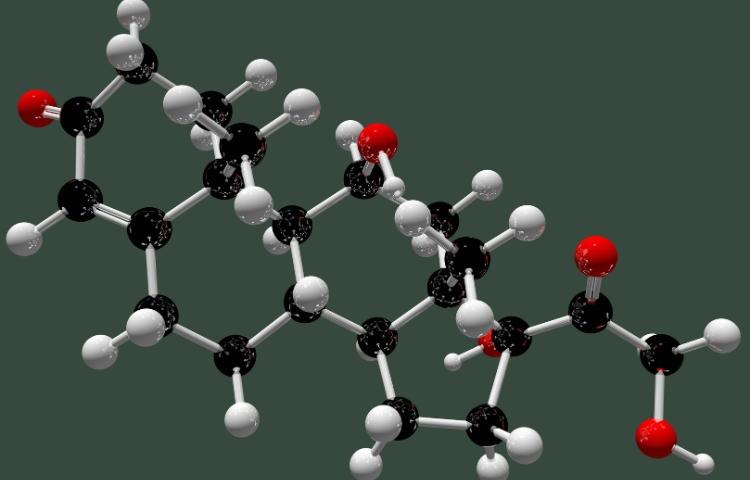In the vast world of chemicals that play a subtle yet critical role in daily life and industrial operations, Methyl Acetate stands out as a silent workhorse. Known for its effective solvency, low toxicity, and pleasant odor, methyl acetate is used across a spectrum of applications—from coatings to pharmaceuticals. Despite its understated presence, it powers innovation, sustainability, and efficiency in ways that are often overlooked.
What is Methyl Acetate?
Methyl acetate, also known as methyl ethanoate, is a colorless, flammable liquid with a characteristic fruity smell. It is formed through the esterification of methanol and acetic acid and is classified as an organic ester. Its chemical structure lends it excellent solubility and volatility properties, making it an ideal solvent for many chemical reactions and product formulations.
It evaporates quickly and does not leave behind residues, a trait that makes it particularly attractive in industries where clean drying is essential. From paints and coatings to adhesives and personal care products, methyl acetate’s presence is often behind the scenes but absolutely essential.
A Safer, Greener Alternative
One of the most significant advantages of methyl acetate is its favorable environmental and safety profile compared to other solvents. With increasing regulatory pressures and a global push toward environmentally friendly practices, industries are shifting away from harsh, toxic solvents. Methyl acetate has emerged as a greener alternative because of its low VOC (volatile organic compounds) content and biodegradability.
Moreover, it is considered to have relatively low toxicity and is less hazardous to handle when compared to traditional solvents like toluene or acetone. This makes it an attractive solution for workplaces emphasizing health and safety without compromising performance.
Diverse Applications: More Than Just a Solvent
The real power of methyl acetate lies in its adaptability across various sectors. In the coatings and paints industry, it acts as a fast-evaporating solvent that helps reduce drying time and improve finish quality. Its quick evaporation rate makes it useful in applications where speed is critical, such as in automotive and industrial coatings.
In the pharmaceutical and personal care industries, methyl acetate is used as a solvent or extraction agent. Its pleasant odor and safety profile make it suitable for use in perfumes, nail polish removers, and cosmetics. The electronics industry also benefits from methyl acetate’s cleaning properties, particularly in delicate component cleaning and surface preparation processes.
Furthermore, it finds roles in adhesives, inks, and resins, contributing to the durability, usability, and consistency of these products. For manufacturers looking to optimize formulations while maintaining eco-friendliness and efficiency, methyl acetate is an increasingly preferred choice.
Methyl Acetate in the Lab and Beyond
In chemical laboratories, methyl acetate is commonly used in extractions and as a reagent in synthesis. Its relatively low boiling point makes it easy to remove after reaction completion, thus simplifying purification steps. The compound's ability to dissolve a wide range of polar and nonpolar substances makes it ideal for formulations where multiple ingredients must be blended seamlessly.
In research and development environments, methyl acetate's role is expanding, particularly as industries look for novel solvents that align with green chemistry principles. Its potential as a replacement for more aggressive chemicals without sacrificing efficacy positions it as a forward-looking component in sustainable manufacturing practices.
Safety and Handling Considerations
Though methyl acetate is safer than many traditional solvents, it is still flammable and must be handled with care. Proper ventilation is essential when working with it in large volumes, and storage in flame-proof, tightly sealed containers is recommended. Operators must be trained in its use, and personal protective equipment (PPE) such as gloves and goggles should always be used when handling the chemical.
Its flash point and flammability characteristics make it unsuitable for certain environments unless controlled safety measures are in place. However, when stored and handled correctly, methyl acetate is considered a reliable and relatively safe substance.
The Future Outlook: Innovation Through Simplicity
What makes methyl acetate particularly compelling is that it's not an exotic or rare compound, but rather a simple, efficient solution to complex challenges. As industries continue evolving toward environmentally conscious operations, the demand for sustainable solvents is only growing. Methyl acetate’s combination of performance, safety, and environmental compatibility positions it perfectly for such demands.
Whether it's contributing to faster-drying paints, safer cosmetics, or cleaner electronics, methyl acetate is quietly powering progress. It embodies the kind of innovation that thrives not in flashy headlines, but in subtle, consistent excellence.

